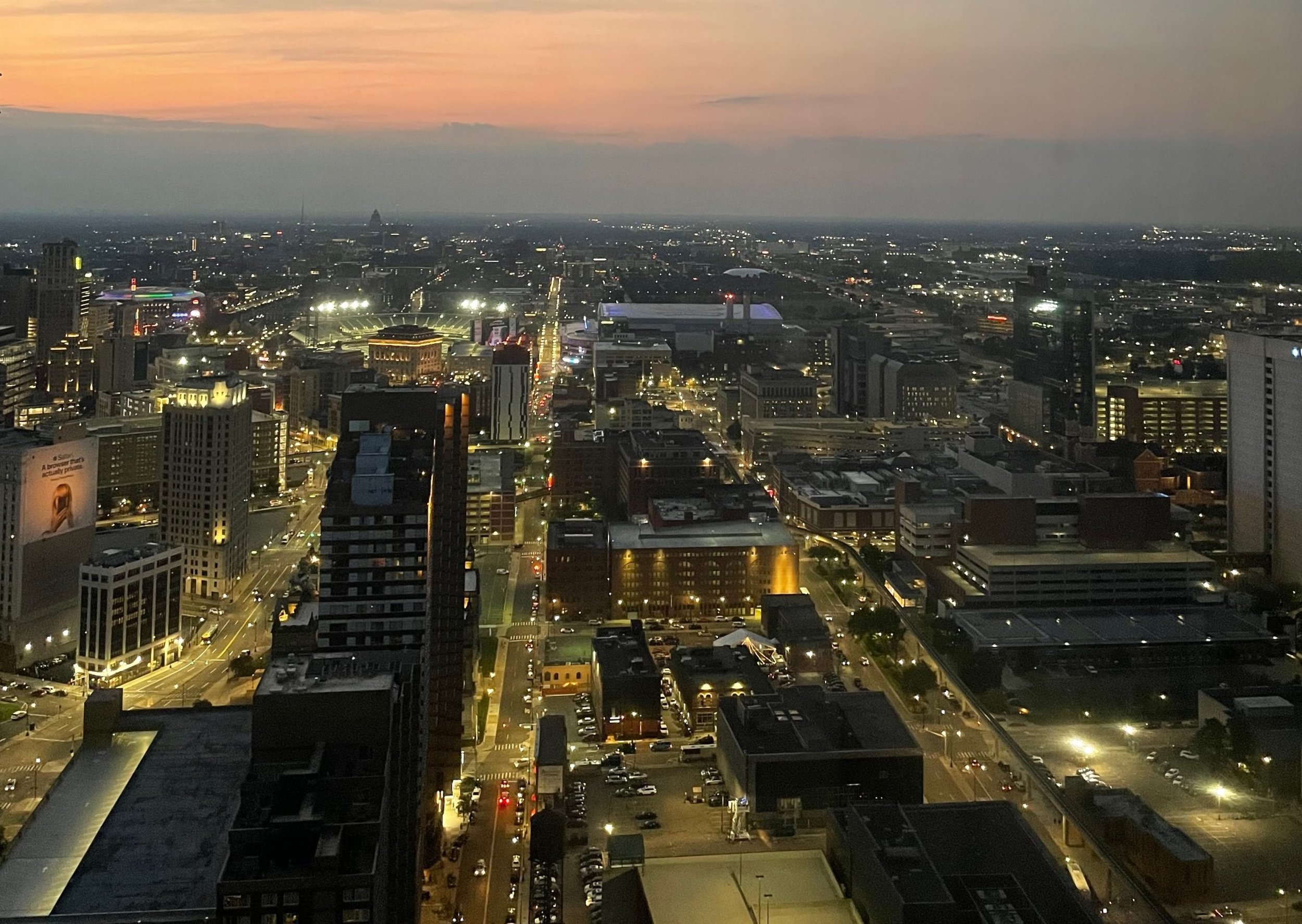Downtown Thrives Under “Tax Capture,” But the Neighborhoods? Not So Much.
For years it’s been the common wisdom among Detroiters that property tax dollars have promoted downtown development at the expense of the neighborhoods and general city services like parks and recreation, transportation, libraries, and schools. Now there’s hard data to back up that belief in a recent report from a research group commissioned by the city to analyze the history of Tax Increment Financing (TIF), the Downtown Development Authority (DDA), and its impact on Detroit’s economic wellbeing.
The DDAs were created in 1976 to help revitalize struggling downtowns throughout Michigan. In essence, the plan was to freeze property taxes at a certain base value in the downtown, “capture” the increased revenue as property values rise, and funnel them into economic development projects for downtown, under the control of the DDA. The justification for this policy was that a thriving downtown would spur new development, new businesses, and new jobs throughout the city – a sort of “trickle out” effect. It was also thought that the increase in income taxes generated by this new development would benefit everyone.
Almost half a century later, we have enough experience to see that the promises of the tax capture policy haven’t been fulfilled. But as always, success and failure are in the eyes of the beholder. We can expect some heated debate about the conclusions of the report over the coming months, and residents need to be part of that discussion.
Tax systems are extremely important but can be difficult to understand unless you have a degree in public financing. We’ll do our best in upcoming issues of The Morningsider to explain it all in terms that are easy for us nonexperts to understand. In the meantime, Malachi Barrett of Bridge Detroit has provided an excellent introduction in his October 5 article, As downtown grows, are Detroit neighborhoods paying the price?

